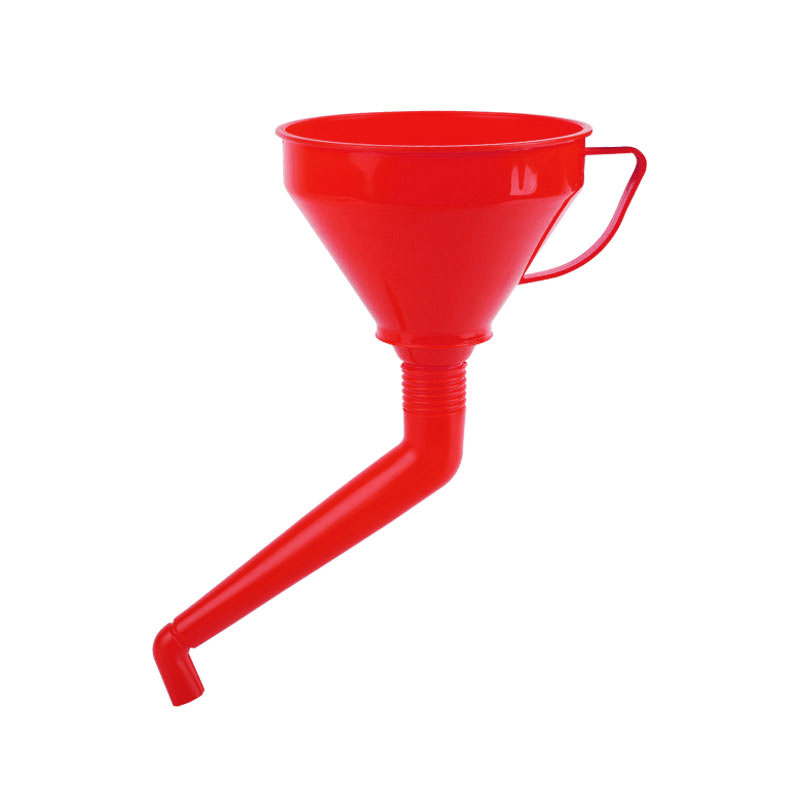

When it comes to changing your oil, you might fall in t […]
When it comes to changing your oil, you might fall in the plastic oil funnels percentage of those that take their vehicle in to the closest service shop every three months or after you’ve driven a certain amount of miles. These recurring maintenance fees can add up quickly. Cascade Collision wants to help you save money by giving you all the tips and tricks you need to keep your vehicle in perfect shape, running smoothly.You’ll need a few things before you get started. Your vehicle’s owner’s manual should have the specific type and amount of oil needed. Heed the manufacture’s recommendation over your own personal preference. Secondly, you’ll want to get an oil filter that will go the distance. If you’re using a more expensive oil, don’t skimp on the filter. You wouldn’t eat a $100 steak with a plastic fork and knife. The beauty of this is that there really isn’t much difference in price between an economy filter and the best out there, but there is a huge difference in how they perform.Getting Your Vehicle Ready.

Warm up the oil by letting your vehicle idle for minutes take precautions with warm or hot oil. You’ll then want to put it in park and jack up your vehicle on one side, making sure that your ground wheels are properly restrained from moving. Most experts suggest always using jack stands. You should also do a simple restraint test by rocking the vehicle to make sure it is staying in place.Place the drain pan underneath the engine and allow your vehicle to cool for a few minutes. The oil should be warm, not hot. Remove the oil cap on top of the engine and then find the oil pan underneath. It looks like a flat metal pan that is closer to the engine than to the transmission. Place the drain pan under the drain plug, but not directly underneath. Oil will usually stream out at an angle and less mess means less headache. Now’s the time to glove up and start the process.
Use a wrench to remove the drain plug. If it’s too tight, use the rubber mallet to give you some extra strength. Once you’ve loosened the plug, slowly remove it, keeping your hands away from the oil’s path. It’ll shoot out quick and warm and you don’t want to be covered in it.While the oil is draining, clean the drain plug. Attach the new washer if needed also, make sure it’s not stuck to the oil pan, so you don’t double up washers. Once the oil has drained, clean the area and replace the drain plug and tighten it up. You want it tight, but be careful as to not over-tighten or strip out the plug.Filters can be found in different positions depending on your vehicle’s model, so they may be on the front, back, or side of the engine.
Filters shouldn’t be too tight but may be harder to remove due to swelling. If needed, use an oil filter wrench for removal. As soon as you can use your hands to unscrew it, remove the filter slowly, as oil usually starts to gush out the sides. This is where the rags come in handy.Once you’ve removed the filter, drain it over the pan, making sure to not drop it. Use rags to clean up as much oil as possible from the filter’s sealing surface. Make sure the old filter’s O-ring isn’t stuck to the surface – again, you don’t want to double up as there won’t be a proper seal, allowing the new oil to drain out.At this point, with both the drain plug and filter tightly in place, you are ready to add your new oil. Use your funnel to avoid any mess. Once you’ve added the proper amount of oil, check for any spills or leaks around the area, clean up, and replace the oil cap. Check under your car for any other leaks or leftover tools. If you are in the clear, start up your vehicle and wait for the oil pressure light to go off. Check again for any leaks, turn off your vehicle, and check your oil levels on your dipstick, making sure they are where they need to be.

Copyright © Taizhou Qiming Plastic Co. LTD Rights Reserved. Support by: HWAQ China Plastic Funnels Suppliers